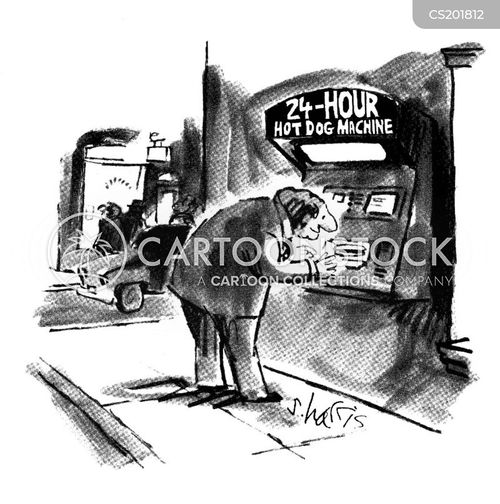Just a few years ago, millions of Americans who now have access to the health care system lacked coverage. Taken alone, it’s an incredible sign of progress that we have provided access to so many.
Considering many of the other changes we have navigated as a country in that time, it’s impossible to deny the significant steps we have taken towards the health care system we deserve. We have introduced new ways to evaluate and access health insurance, begun the move away from our fee-for-service payment system and toward one that rewards value and outcomes, and started to seriously address our problem with affordability in achieving health.
Despite all of this positive progress, the time has come for an even bigger change. 2016 needs to be the year we finally reimagine what health can look like in the future, and commit to turning health care into health as a reality in the coming years.
While I’m thrilled to be able to point out the progress we’ve made, we have no time to waste. This reimagined system will be personalized, affordable and convenient to all of us as consumers. Here are the four areas I believe we must focus on to reimagine and realize the future of health:
Technology
Technology delivers care with flexibility and mobility from your home or work.
Technology is key to making care more connected, convenient and accessible. Telemedicine will offer consumers care at the touch of a button. Better interoperability of electronic health records across the country will ensure we’re providing everyone with the coordinated care that’s necessary for us to succeed.
That doesn’t mean more technology always means better care, it means we need to understand how technology can improve the care our wonderful nurses and physicians already provide. If I were designing our system from scratch I would design it around technology, not buildings. Which leads me to…
Design
A medical office welcomes and engages patients in their health, creating a gathering place for wellness. This medical office opened in December.
Build it and they will come. That has been the operating mantra for the medical industry for hundreds of years — to build facilities where people who are sick come to be treated.
The doctor’s office of the future will be designed with the patient in mind and as much focused on keeping them healthy as treating them when they are sick.
Let’s create more open and inviting spaces that are used not only as the place where people come to see the doctor, but as centers of health, where consumers can access health information, learn something helpful, and be a part of their community. When they are in with a doctor, those exams should be taking place in spaces that make discussing health matters or receiving treatment more comfortable. That, in turn, should allow for better…
Consumer Experience
Patients have access to video visits, virtual consults and the ability to locate, access and receive information on mobile devices so they can be partners in their own care.
Better use of technology and design should help us deliver better, more personalized experiences for everyone interacting with our health care system (everyone). In the future, physicians and care teams will use data and confidential health records to more effectively treat each individual. This in turn will help us eliminate health care disparities and provide each person with the unique care they need to live a longer, more productive and happier life.
In addition, health care systems will need to meet patients where they are, whether it is offering convenient access to preventive care in retail, work and home environments to providing new methods for helping those with chronic conditions lead their lives outside the hospital as much as possible.
We know that each patient is a unique individual and should be treated as such. Yet, personalized care won’t realize its potential if it isn’t…
Affordable
All of this will be pointless if we can’t deliver health for a price that is affordable to consumers. Moving away from a fee-for-service system is a start. Prevention and healthy beginnings are key to provide early detection and treatment of disease, and we must start moving health care dollars upstream, so everyone can enjoy longer, healthier lives. Finally, every part of the health care system needs to be realistic about its role in providing better, more affordable care and coverage to every person in America.
If we can start to reimagine a system that looks more like the future I’ve shared with you here, we’ll be off to a good start for 2016 and far into the future. Making lives better is the goal we should all strive to achieve — and it’s all possible by working together to redefine life, liberty and the pursuit of happiness.
Renderings courtesy of HDR, Inc.












